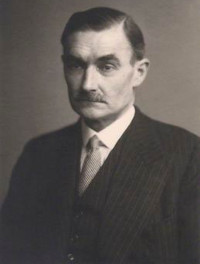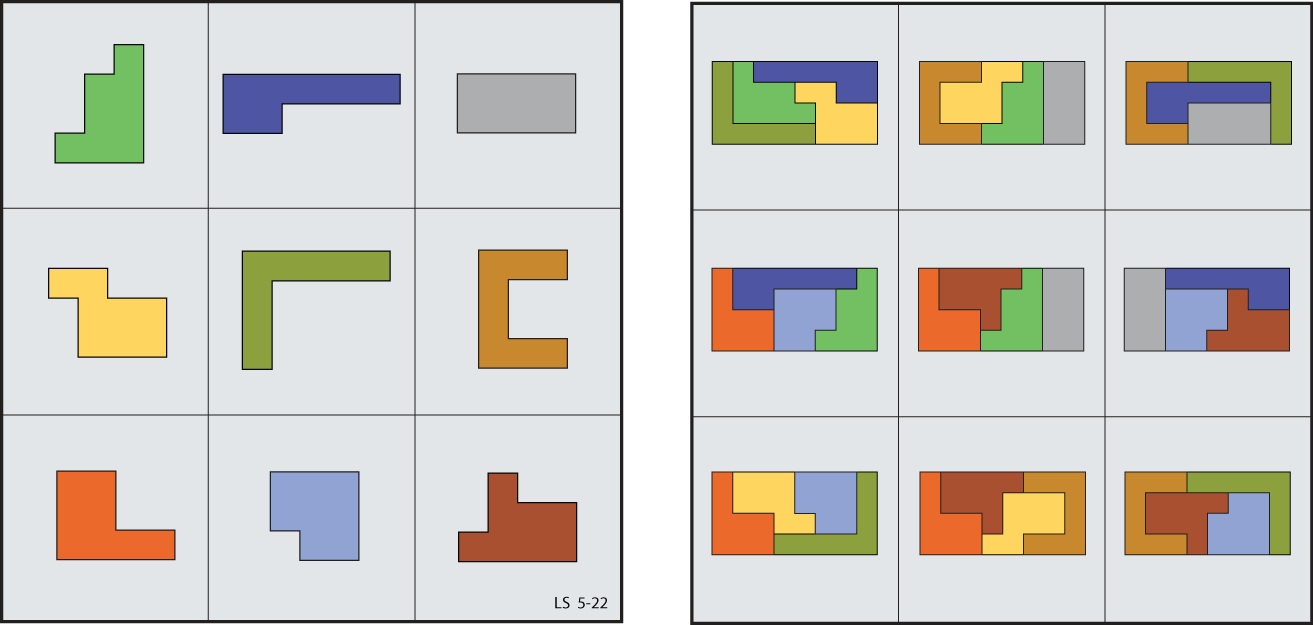https://www.youtube.com/watch?v=aJhiY70KY5o
Stand a bicycle so that one pedal is in its lowest position and one in its highest. Now if we pull backward on the low pedal, will the bicycle move forward or backward?
Intuition suggests it will move forward: We’re turning the pedals in the same direction that a rider would, and normally this motion drives the rear wheel to propel the bike forward.
Surprisingly, though, in the experiment the bike moves backward. That’s because (in most bikes, in most gears) each pedal is constantly moving forward with respect to the ground. So pulling backward on the pedal doesn’t produce the intuitive result — it moves the pedal backward relative to the ground, and so produces the opposite result to the one we expect.
An exception: If the bike is in a sufficiently low gear, pulling backward on the pedal will drive the bike forward. But the sprocket ratio must be so low that really we’re betraying intuition rather than the reverse (see the video).






